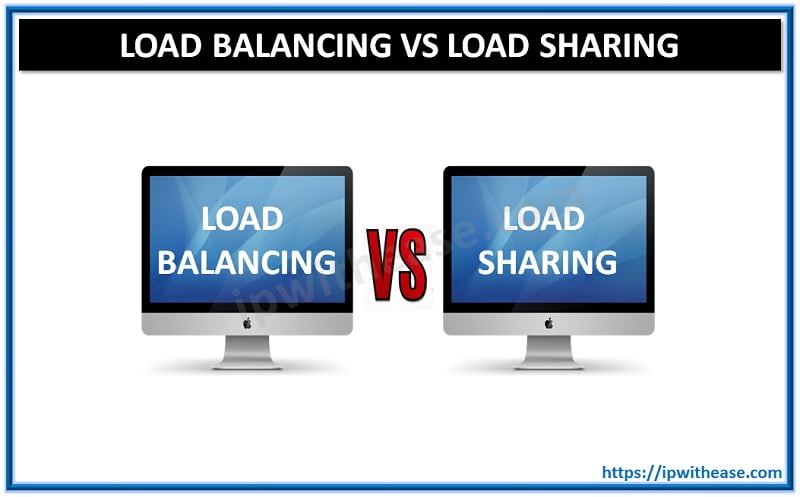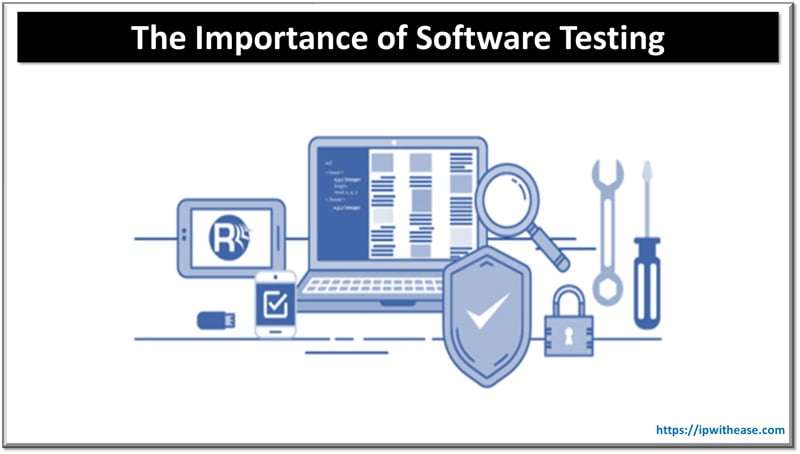Table of Contents
You know, sometimes it feels like we’re living in a world that moves faster than we can blink. Everything’s live. Real-time. Instant. And right in the middle of it all two tech giants that, at first sight, couldn’t be more different: virtual reality (VR) and infrastructure automation.
But here’s the thing, they actually run on the same heartbeat: data reacting to data, decisions made in milliseconds, and systems that just… know what to do. Crazy, right?
Just like real-time rendering keeps your VR world alive in VR software development, automation and AI keep our networks breathing, adapting, and thinking. Both are all about one thing — keeping things smooth, alive, and fast.

The Role of Real-Time Rendering in VR
Virtual reality isn’t just about games anymore. It’s changing hospitals, classrooms, even how architects build skyscrapers. But the magic trick that makes it all work? That’s real-time rendering.
Every time you move your head in VR, the system has to redraw the entire world around you, instantly. If it hesitates, even for a blink; boom, you’re dizzy, you’re out of it.
NVIDIA says you need at least 90 frames per second to keep that illusion alive. That’s no small thing. It takes massive GPU power, smart code, and some real engineering wizardry. Without that, the “reality” part in VR just disappears.
(Trust me, if you’ve ever tried a cheap headset, you know that lag isn’t just annoying — it’s brutal.)
When VR Meets Infrastructure
Now here’s the fun part, what does all that have to do with servers, networks, and IT systems? Turns out, a lot. The logic that powers VR’s instant reaction is the same logic that powers real-time infrastructure management. Think about it like this:
| In VR | In Infrastructure |
| Rendering engines update scenes from live input | AI tools adjust resources based on real-time data |
| Lag ruins immersion | Lag ruins uptime |
| Optimization keeps visuals smooth | Automation keeps systems stable |
| Predictive engines guess your next move | Predictive analytics prevent crashes |
In both worlds, latency is the enemy. One kills the illusion, the other kills performance. Either way, the system has to “think” faster than the user even realizes something’s changing.
AI and Automation: The Rendering Engines of IT
If VR has its rendering engines, infrastructure has AI and automation. They’re kind of like the brains behind the curtain; watching, learning, reacting. They process endless data — system logs, metrics, telemetry — and render a live, moving picture of how everything’s running.
- AI predicts resource overloads and adds capacity before anything breaks.
- Automation reroutes traffic when a node slows down.
- Security tools isolate compromised areas without waiting for an admin.
Gartner predicts that by 2030, over 70% of companies will rely on AI-driven automation for IT ops.
That’s not just “smart tech.” That’s an entire ecosystem quietly learning how to run itself — like VR software, but for the digital world we live in.
Latency: The One Thing Everyone Hates
If there’s one word that makes both gamers and engineers groan, it’s latency. In VR, 20 milliseconds can mean nausea. In IT, those same 20 milliseconds can mean thousands of lost transactions.
So both sides fight the same battle: speed. They rely on edge computing, which means moving data closer to where it’s used, cutting the delay. Cisco and IBM both say that edge tech isn’t optional anymore, it’s survival.
Because when everything depends on real-time data, “almost fast enough” just isn’t good enough.
Predictive Systems: Learning Before Things Go Wrong
Here’s where it gets a little sci-fi. Both VR and IT are now learning to predict the future. No joke.
In VR, predictive rendering guesses what the user will do next — like, where you’ll turn your head, what you’ll look at — to keep everything buttery smooth. In infrastructure, predictive analytics spot small patterns that usually come before a crash, and fix them early. Both systems study history, learn from their own mistakes, and evolve. (And honestly, as someone who writes about this stuff, it’s wild. Machines that basically “remember” how to keep us comfortable.)
The Future: Where the Two Meet
And here’s the part that just blows my mind a little. As AI keeps growing smarter, the border between rendering and automation… well, it’s fading. You won’t even notice when it happens.
The same algorithms that make a virtual world come alive might soon be running entire data centers — tweaking performance, saving energy, patching bugs before we even know there was a bug.
Deloitte says that by 2030, digital twins, those virtual replicas of real systems, will be the new normal for big companies. Imagine this: an engineer throws on a VR headset and walks through a 3D version of their own data center. They move virtual racks around, test updates, see how the system responds — all in real time.
It sounds futuristic, maybe even a bit dramatic, but that’s where we’re going. And honestly, maybe that’s not a bad thing. Because the closer we bring tech to the way we see and feel, the more natural it becomes. We’re not just managing data anymore. We’re starting to live inside it.
Conclusion
The truth is, VR software development and infrastructure automation have way more in common than most people think. They both live and die by real-time feedback. They both rely on predictive learning. And they both dream of one thing; systems that can think for themselves.
Real-time rendering makes virtual worlds believable. Real-time automation makes digital worlds reliable. And when those two finally merge… we might just get something that feels like magic; a world where everything, from pixels to packets, moves together, alive, and perfectly in sync.
ABOUT THE AUTHOR
IPwithease is aimed at sharing knowledge across varied domains like Network, Security, Virtualization, Software, Wireless, etc.



